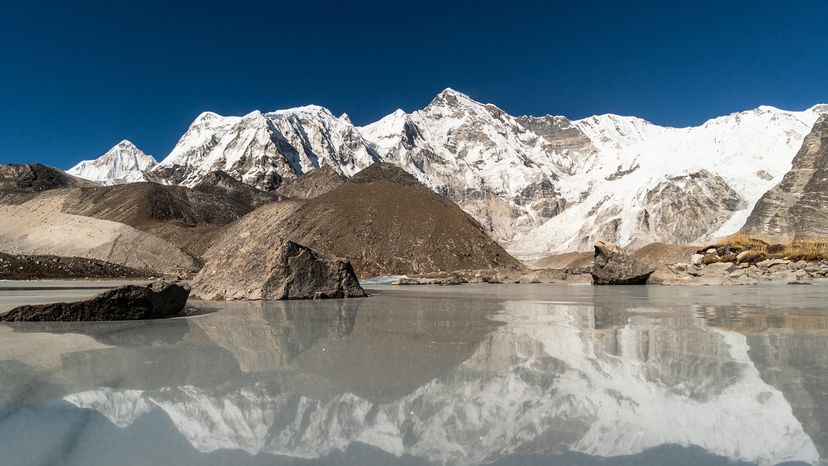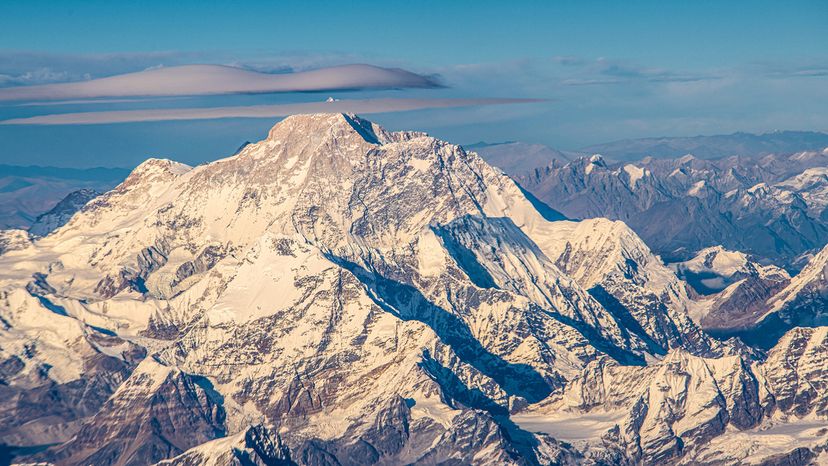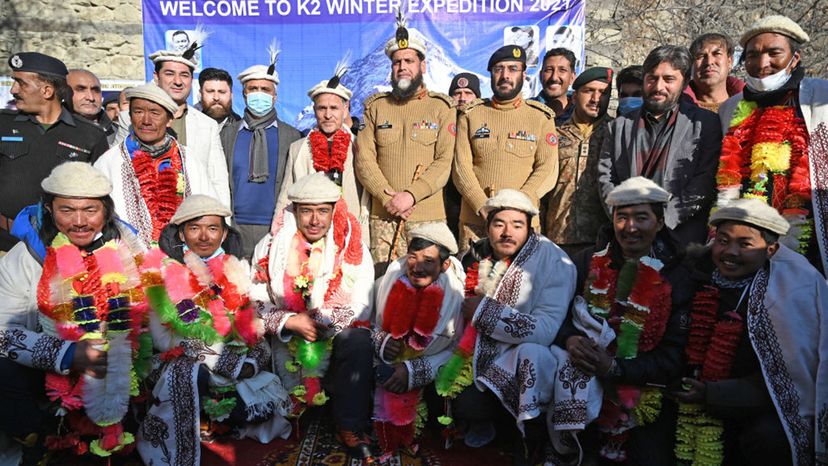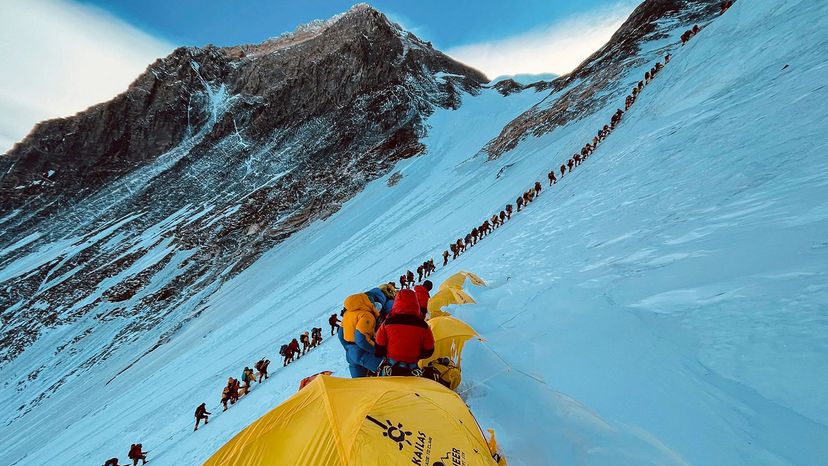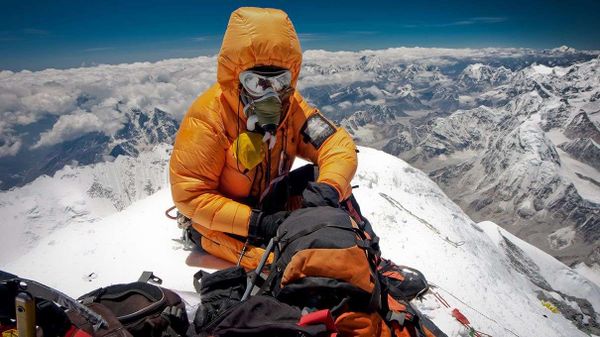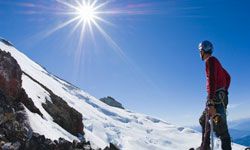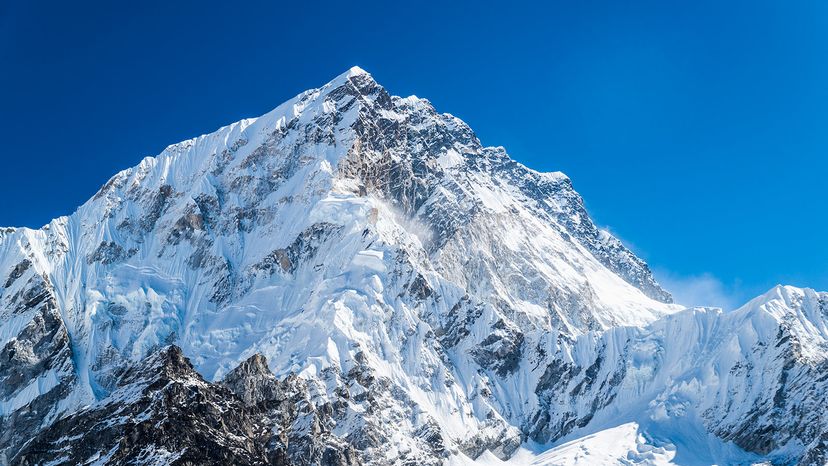
There are over 1 million mountains in the world. Some of these feel absolutely enormous until you compare them to other super-sized peaks. Just 14 mountains in the world stand over 26,247 feet or 8,000 meters. Every one of them is found in the Karakoram or Himalayan mountainous regions of south and central Asia.
This begs the question, of all these mountains out there, which seven are the tallest? For the purpose of this list, mountain height will be considered starting at sea level. Here are the top seven on the prestigious list of "8000ers."
Advertisement
